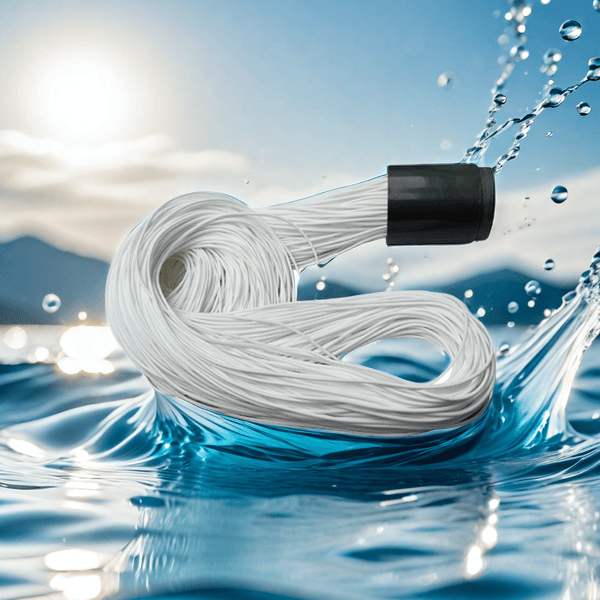What are the technologies for washing wastewater treatment?
Washing wastewater usually contains a large amount of detergent, oil, dirt, and possible heavy metal ions, so specific treatment techniques are needed to purify it. The following are some commonly used washing wastewater treatment technologies:
- Physical processing
Sedimentation and filtration: This is the initial step in washing wastewater treatment, which involves settling suspended solids in the wastewater through natural or mechanical means, and further removing impurities through filtration.
Adsorption method: Using media with high adsorption performance such as activated carbon to adsorb organic matter and heavy metal ions in wastewater.
- Chemical treatment
Chemical coagulation method: By adding coagulants such as aluminum sulfate, polyaluminum chloride, etc., small suspended solids and colloidal substances in wastewater are condensed into large particles and settled.
Neutralization method: Adjust the pH value of wastewater to achieve neutrality or near neutrality, in order to reduce corrosion on treatment equipment and pipelines.
- Biological treatment
Activated sludge method: Utilizing microorganisms in activated sludge to degrade organic matter in wastewater. This method has the advantages of high processing efficiency and low cost.
Biofilm method: Cultivate microbial membranes on a fixed carrier. When wastewater flows through the carrier, microorganisms will adsorb and degrade organic matter in the wastewater.

- Membrane separation technology
Ultrafiltration and reverse osmosis: These technologies use special membranes to separate solutes and solvents from wastewater, resulting in pure water. Membrane separation technology has the advantages of high efficiency, energy conservation, and environmental protection, but equipment investment and maintenance costs are relatively high.
- Combination process
In practical applications, in order to achieve better processing results, a combination of multiple technologies is usually used. For example, first removing large particle impurities through physical methods, then adjusting pH values and removing fine suspended solids through chemical methods, and finally degrading organic matter through biological methods.
In summary, washing wastewater treatment technologies include physical, chemical, biological, and membrane separation technologies. Choosing an appropriate treatment technology requires consideration of factors such as the specific composition of wastewater, treatment requirements, economic benefits, and local environmental regulations. With the advancement of technology and the improvement of environmental awareness, we will see the emergence of more efficient, environmentally friendly, and economical washing wastewater treatment technologies in the future.
